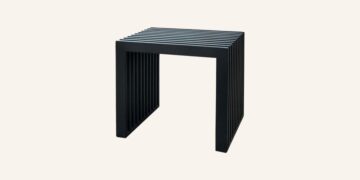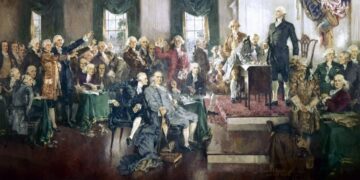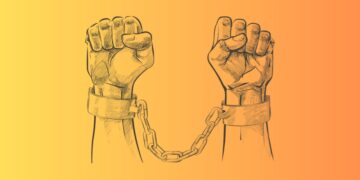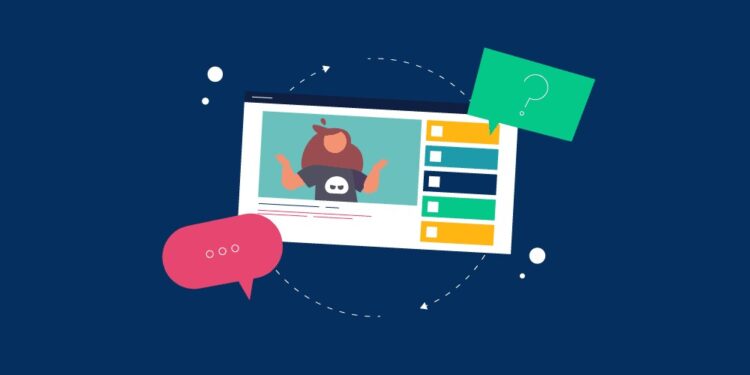Copyrights are intellectual property rights that protect the creator of an original work of authorship. The creator has the exclusive right to determine whether, and under what conditions, this original work may be used by others. The copyright owner has the exclusive right to print, publish, perform, film, or record literary, artistic, or musical material, and to authorize others to do the same.
Growth of copyright infringement issues with the use of YouTube
Many people think copyright infringement occurs only when someone plagiarizes someone’s written work or music. They do not realize that posting a video or media on YouTube also affects copyrights. When someone posts a video to YouTube with background music or clips of video footage filmed by someone else, copyrights are directly implicated.
If the creator of the video uses anyone else’s musical material, photography, performance, or any other original work without the creator’s permission, the YouTube poster or creator is probably violating the Copyrights Act. YouTube majorly relies on the Copyrights Act of the United States to enforce copyright infringement.
How the Copyrights Act protects videos on YouTube
The Copyrights Act provides legal protection for original works of authorship fixed in any tangible medium of expression, now known or later developed, from which they can be perceived, reproduced, or otherwise communicated, either directly or with the aid of a machine or device. A YouTube video is clearly protected by the Copyright Act to the same degree as video and audio recordings created for television, cinema, radio, or other device. The Copyrights Act gives the copyright owner the exclusive rights to engage in any of the following activities:
- Reproduce the copyrighted work in copies or phono records.
- Create other work derived from the owner’s copyrighted work.
- Distribute copies or phono records of the copyrighted work to the public by sale or other transfer of ownership, or by rental, lease, or lending.
- Perform publicly the owner’s copyrighted literary, musical, dramatic, and choreographic works, pantomimes, motion pictures, and other audiovisual works in public, in person or by audio/visual transmission.
- Display the owner’s copyrighted pictorial, graphic, or sculptural works, including the individual images of a motion picture or other audiovisual work, in public.
In summary, only the copyright owner may reproduce or prepare work that is derivative of the original work unless:
- The copyright owner gave permission to another person to use the copyrighted work, or
- Use of the copyrighted work is done under the protection of the “fair use” exception.
“Fair Use” exception under the Copyrights Act
The “Fair use” exception is a legal doctrine that allows someone to use copyright-protected works without the copyright owner’s permission in certain limited circumstances. The fair use exception is probably one of the most frequently litigated defenses in copyright infringement litigation. What circumstances constitute fair use of copyrighted material is found in section 107 of the Copyright Act. It sets out the factors a court should consider in deciding whether someone’s use of the copyrighted work amounted to a “fair use” of it. The factors the court must consider are:
- The purpose and character of the use, including whether such use is of a commercial nature or is for nonprofit educational purposes.
- The nature of the copyrighted work.
- The amount and substantiality of the portion used in relation to the copyrighted work as a whole.
- The effect of the use upon the potential market for or value of the copyrighted work.
The law recognizes that a court may consider other factors when evaluating fair use claims. Additionally, the courts will evaluate each claim on a case by case basis – no precise formula applies to a fair use determination. However, commercial uses of the work are less likely to be deemed “fair” by the court.
YouTube’s own Copyright Policy
YouTube finds itself caught in the middle between copyright owners and video posters. YouTube receives numerous requests to take down a video based on copyright claims. To help protect itself against copyright infringement claims, YouTube has taken the following steps:
- Posted fair use guidelines explaining the copyright laws and the fair use doctrine. Their guidelines inform users that merely attributing the copyrighted material to the owner will not absolve the user from copyright infringement.
- Implemented Content ID system. YouTube’s Content ID system helps copyright owners identify and manage their content on YouTube. Each video is uploaded and scanned against a database of files that have been submitted by content owners. If it is determined by the system that content in a new video matches that of a previously submitted video by a copyright owner, YouTube allows the owner to:
- Mute audio that matches their music.
- Block a whole video from being viewed.
- Monetize the video by running ads against it.
- Track the video’s viewership statistics.
- Allow the work and provide a license to the user.
How to comply with YouTube’s Copyright Policy and the Copyright Laws
Here is how to comply with YouTube’s Copyright Policy and the Copyright Laws.
- Seek permission from the owner before using someone else’s the work. If you did not create the work, you need to assume that the work is not yours to use freely by posting it on YouTube. Look for the license or get the copyright owner’s permission before you post anything that is not your creation. If you cannot get permission, use work from a website that offers free-to-use music and photos.
- Read and understand the licensing agreement. You may be surprised to learn that many creators of original work want to have their work publicized. They frequently share their works for a fee or simply for proper attribution. These terms will be outlined in the licensing agreement.
- Try to find a fair use of the work. If your YouTube video uses copyrighted material for educational or non-commercial purposes, you may satisfy the fair use exemption from infringement. Before you post the work, however, you may want to have it reviewed by an expert if you are unsure whether it constitutes a fair use of copyrighted work.


































































































































































































